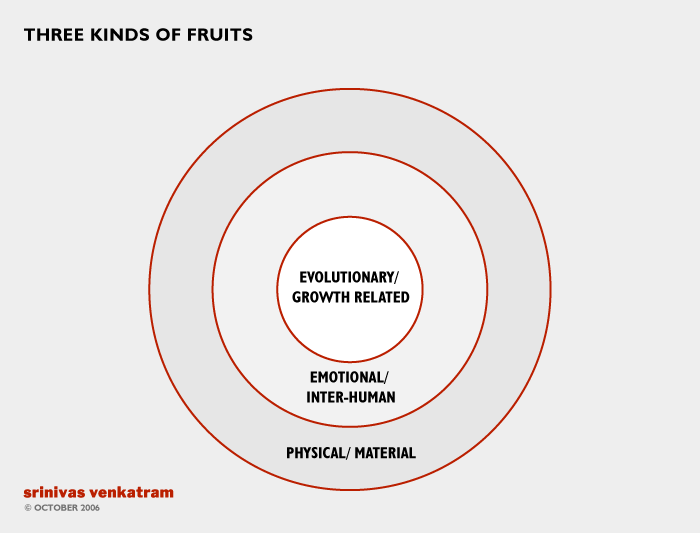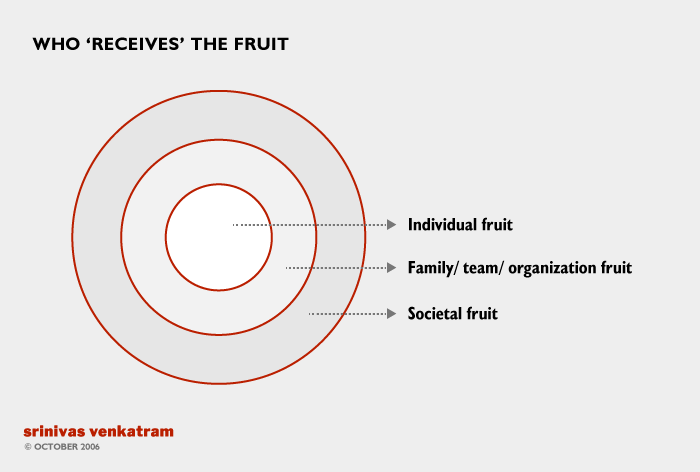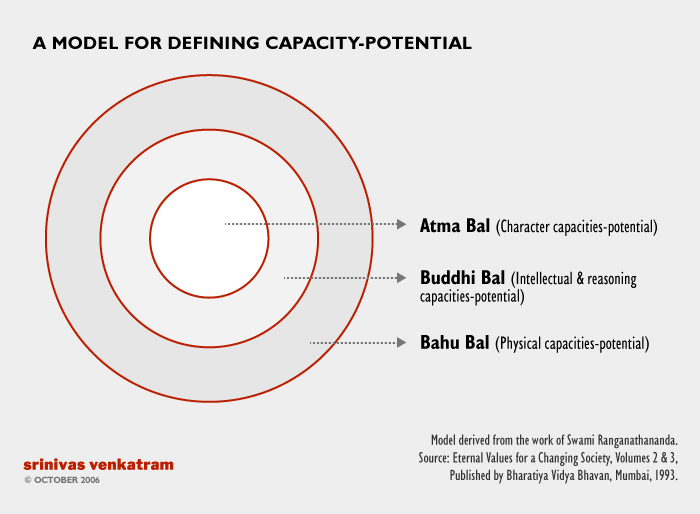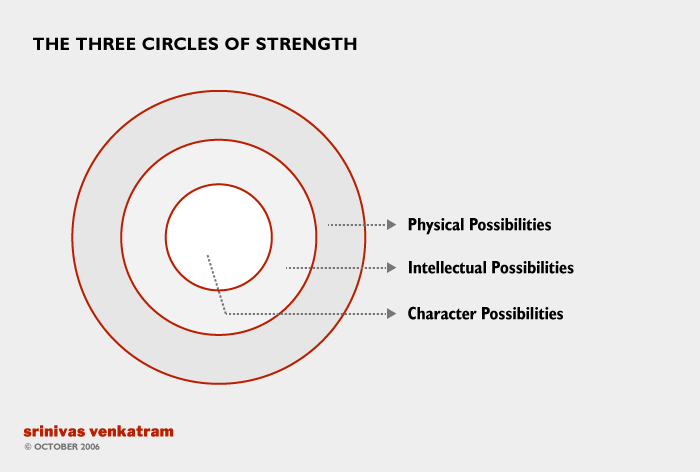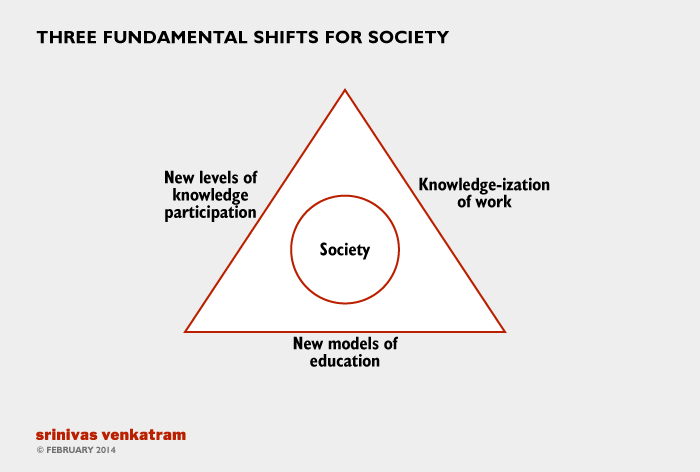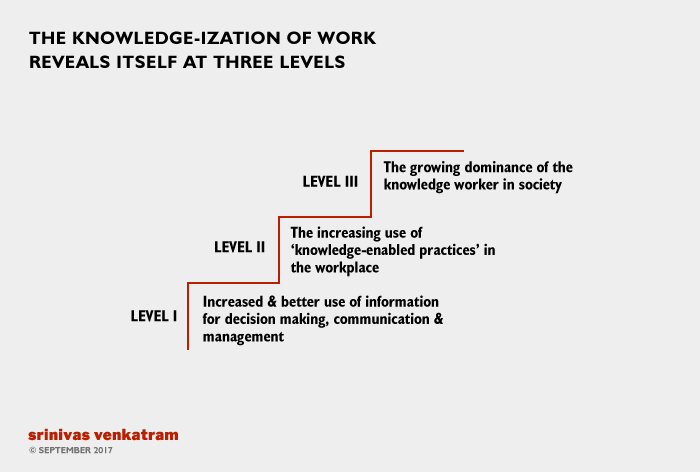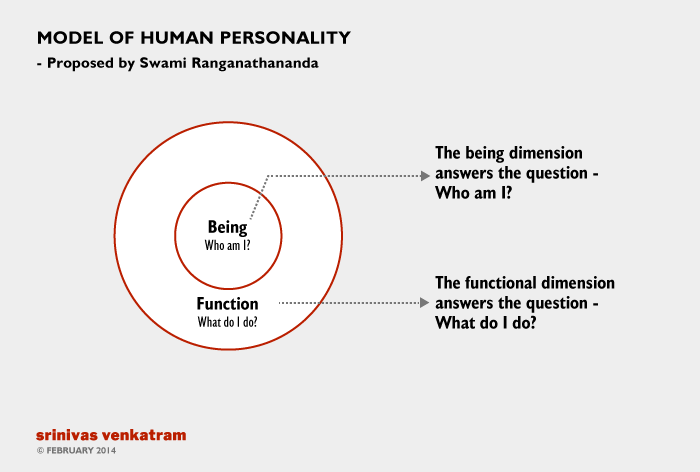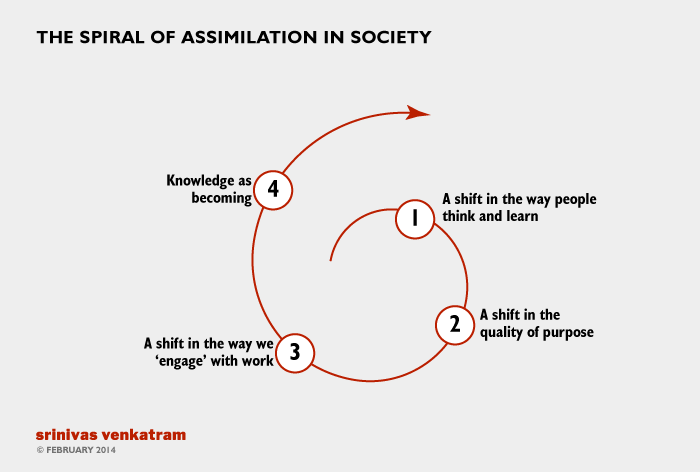Career Counseling: What it really implies
Career counseling is often seen to be about helping students join the right universities, selecting the right careers, or undergoing some aptitude/ personality tests.
In reality, career counseling is about freedom. Freedom to choose the right pathway for growth. Freedom to fulfill one’s dreams. Freedom to be oneself.
This freedom is not easily obtained. To attain this freedom a student has to go far beyond aptitude tests and lists of colleges and universities.
To attain this freedom, a jobseeker has to learn to think for himself or herself. The jobseeker must develop approaches to ‘scan’ the environment, translate day to day ‘events’ and ‘news’ into ‘career trends’ and, perhaps, most important of all, learn to understand the real relationship between oneself and society, which is that of contribution and its resultant self-esteem.
These are very complex, even profound, ideas and comprise a new set of capabilities we call career management capabilities.
The temptation is to pooh-pooh them and say that these ideas are good in theory but not particularly useful in practice. We may be missing something very big here.
What happens if a jobseeker does not attain the cluster of ‘career management capabilities’ described above?
Nothing! Nothing happens to the jobseekers career graph. He or she flounders in one of the ‘conventional’ careers – today, conventional means software & call-centers, yesterday conventional meant sales, accounts, and administration. Within this narrow, almost self defeating world, the jobseeker tries to imitate his or her friends, taking refuge in the crowd.
It is in this context, that every jobseeker must consider the idea of ‘Career Design’.
Career Design: Some basics
Career Design attempts to answer the question: How to develop one’s life in such a way that one is fully satisfied with one’s life?
“Career Design” is therefore, a set of systematic methods for developing one’s life choices and paths in such a way as to be fully satisfied and fulfilled at every stage of one’s life.
Is Career Design the same as obtaining a high paying job? Yes, if the high paying job is important to you because of ‘what you can do’ and not simply ‘what you get’.
Is Career Design the same as ‘networking’, ‘building the right contacts’, ‘making the right moves’? No, because these are useful as ‘toppings’, but the main course is still about what you can do for the world!
Is Career Design the same as ferreting out the ‘right’ jobs, sending out smart resumes, and throwing attitude at hapless interviewers. Yes, if these are seen as steps to accomplishing your objective of a fulfilling career. No, if these are seen as the way out of one’s own mental confusions.
Now that we have a sense of what Career Design is not, let is try to answer the question, ‘What is Career Design and what can it do for my life?’
Career Design is about two fundamental axes of our career: our Aspirations and our Capabilities.
A career focused on Aspirations alone – what I will get, where I will reach, etc. – is an empty career. It is such a career that must depend upon networking, ‘contacts’, presentation skills only, etc. It leads to a certain uni-dimensional evaluation of the world in terms of external measures such as money, status, position, etc.
A career focused on Capabilities alone – what I can do, what talents I have, what ‘I’ am interested in, etc. – is also an empty career. In such a career, there is often an inordinate and self righteous importance given to our own, sometimes very passing, likes and dislikes in terms of what we do. It also leads to a basic impracticality in action because it is so ‘I’ centered.
A truly rewarding career is one in which the apparent dichotomy between Aspirations and Capabilities are resolved into a new framework. Where we are constantly mapping the two in the context of every opportunity.
Sometimes our aspirations will be more than our ‘total capability set’ – thereby forcing us to develop ourselves and our talent. Sometimes our capabilities will be more than our aspirations – leading us to add more depth into our treatment of the task in front of us and further, demonstrating to our peers and colleagues that we are capable of taking on far more responsibility.
This dynamic between aspirations and capabilities is the essence of ‘Career Design’ and is the basic underpinning for building a career that is fulfilling in ‘external’ terms of money, power, status, etc. and in ‘internal’ terms of exploiting one’s own capabilities, enabling one’s talents to flower, and pursuing a passion meaningfully.
Career Design then involves the dynamic interplay between our own aspirations and capabilities, wherein we are neither slave to our own whims and delusions of extraordinary talents nor are we slave to the world and its simplistic, and often de-humanizing, metrics of success.
Career Design is about being free. Being free to choose one’s pathways and being free to develop at one’s own pace in life.
The Technology of Career Design
Career Design is very obviously more than mere information collection and/ or taking up the first opportunity that looks good to us. It is also obviously more than waiting endlessly for people to discover the ‘real me’ so that my talent is recognized and rewarded in the world.
Career Design is about the careful interplay of aspirations and capabilities achieved by a set of thinking tools/ tools for self-analysis, introspection, and opportunity selection.
To elaborate: How are one’s own capabilities and aspirations to be unearthed?
This is often easier said than done. By the time a person has reached the workplace environment, he or she has already undergone numerous life experiences, hundreds of hours of ‘education and training’, and scores of situations wherein he or she has been called upon to make choices and stretch his/ her own capabilities.
To reduce all this vast experience and human learning into a simplistic degree or qualification is a travesty of the human being who has undergone the life this far. (And, to be sure, the more sensitive employers too are very uncomfortable about judging people and their potential for success by their qualifications and degrees alone). Therefore, some means are to be found which will help us map out our own capabilities meaningfully and comprehensively.
At the same time, our own aspirations are themselves complex and difficult to clarify. Sometimes we like a profession (a good example is advertising) more for the external glamour than for our real ability to contribute in that field of work. Sometime we choose the profession, (again, let’s continue with the advertising example) because we are creative, like to be off the beaten track, but do not know how to translate our creativity and passion into a career path that is also rewarding – thereby ending up choosing the obvious examples rather than exploring deeper for true areas of contribution and impact.
Here again, there is a need for a new set of approaches that will unearth and articulate our passions in terms of the world.
This complex interplay of aspirations, and capabilities must further be viewed in the context of what jobs are actually available on the ground.
To most people, the biggest challenge is simply finding an employer willing to pay one money for one’s services. This challenge becomes all the more frightening when one classifies oneself not as unique human being with one’s own dreams and talents, but as a four letter or five letter degree like B.Com. and B.Tech. Because, then, in one stroke one has reduced oneself from a striving human being, to a numb statistic in the employer’s world. This implies that we must find new ways of defining oneself in terms of the world and its use-space for us.
To sum up, Career Design is all about designing a smart solution to your life situation. Not running away from this situation. Not merely struggling and fighting given circumstances with all of one’s might. But intelligently and sensitively weaving one’s way out of this tangle into a new highway of hope.
